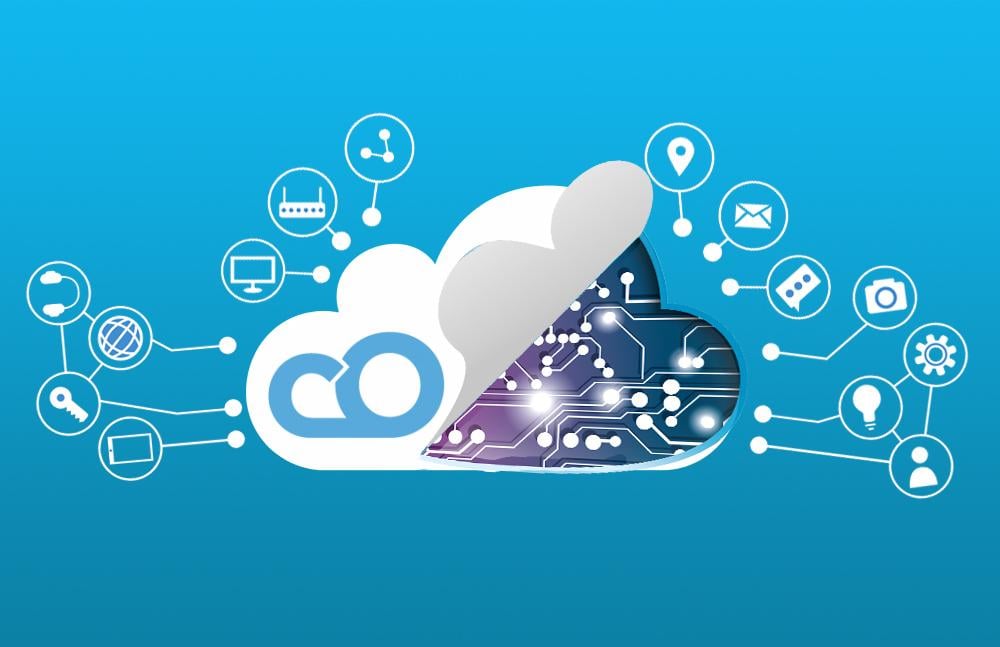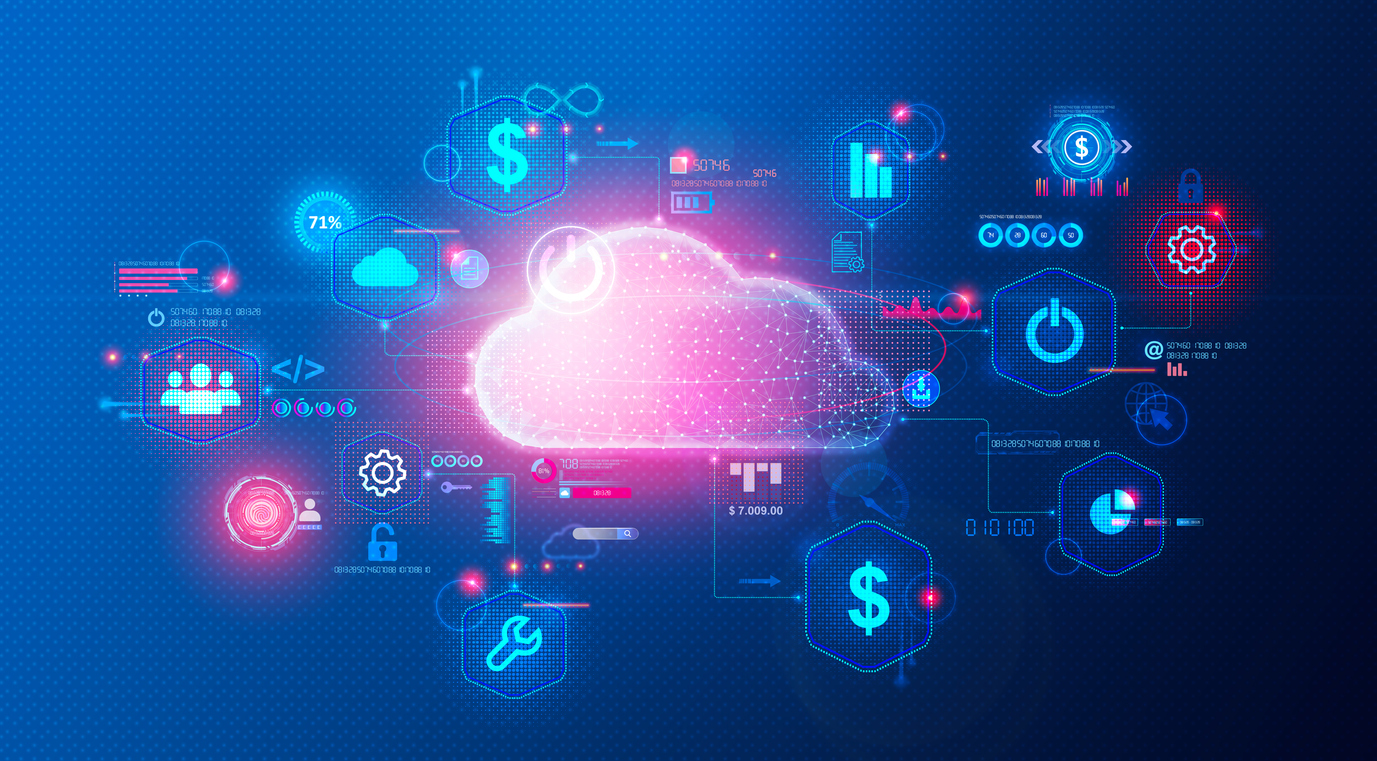Monitoring Systems to Maintain Peak Efficiency

In today’s rapidly evolving technological landscape, businesses rely heavily on complex systems and infrastructures to operate efficiently. As these systems grow larger and more intricate, maintaining peak operational efficiency becomes a challenging task. System monitoring is a proactive approach to ensuring that technology systems function optimally, safely, and securely. By implementing effective monitoring solutions, organizations can identify issues before they escalate, optimize performance, and enhance overall productivity. This article delves into the importance of monitoring systems and outlines best practices for maintaining peak efficiency.
The Importance of System Monitoring
System monitoring is essential for several reasons. First and foremost, it allows organizations to track performance metrics in real time, providing a clear view of system health and operation. Monitoring systems can identify potential bottlenecks, inefficiencies, and failures in their infancy, which is crucial for mitigating risks and minimizing downtime. Additionally, proactive monitoring enables organizations to allocate resources effectively, ensuring that they maintain service levels and meet customer expectations. Furthermore, system Monitoring provides valuable insights that inform data-driven decision-making processes, allowing organizations to adapt quickly to changing operational needs.
Components of Effective Monitoring Systems
To implement an effective monitoring system, organizations must consider several key components. These include performance metrics, alert systems, and reporting tools. Performance metrics are crucial as they provide baseline data for assessing system health. Common metrics include CPU usage, memory utilization, disk space, and network latency. An alert system notifies administrators of unusual behavior or thresholds being breached, enabling them to take prompt action before minor issues escalate into major incidents. Finally, reporting tools generate comprehensive analyses of system performance over specified periods, giving organizations the ability to identify trends, forecast potential issues, and make informed adjustments to their operations.
Types of Monitoring Systems
There are various types of monitoring systems, each catering to specific needs and aspects of business operations. Application performance monitoring (APM) focuses on improving the performance of software applications by tracking response times, availability, and user experience. Infrastructure monitoring ensures that the underlying hardware and network components are operating optimally. Network monitoring specifically examines network traffic, including bandwidth usage and latency, to ensure that data flows smoothly throughout the organization. Security monitoring is another critical aspect, involving the detection and management of security incidents and potential threats to the organization’s network. Each type of monitoring system plays a vital role in maintaining peak efficiency across different operational layers.
Implementing Continuous Monitoring
Continuous monitoring is an effective strategy that enables organizations to maintain peak efficiency consistently. This process involves the real-time observation of systems, allowing for immediate detection and response to anomalies. By continuously monitoring crucial parameters, organizations can swiftly identify potential performance issues, security breaches, and compliance deviations. Automation helps facilitate continuous monitoring by using intelligent algorithms to analyze system data and generate alerts, significantly reducing response times. Moreover, continuous monitoring fosters a proactive culture within the organization, encouraging teams to tackle issues before they impact productivity.

Data Analysis for Continuous Improvement
Monitoring systems alone do not provide value without proper analysis of collected data. Organizations should employ robust data analysis practices to extract meaningful insights from monitoring data. By analyzing performance metrics, trends, and patterns, organizations can identify areas that require improvement and make data-driven, strategic decisions. Conducting regular reviews of monitoring reports enables teams to understand how changes in technology, processes, and workloads affect overall efficiency. Furthermore, data visualization tools can help present complex data in an easily digestible format, making it simpler for stakeholders to grasp and act upon insights.
Integration with Incident Management
To maximize the effectiveness of monitoring systems, organizations must ensure that they integrate seamlessly with incident management processes. An effective incident management strategy is crucial for quickly and efficiently responding to identified issues. For example, integrating monitoring tools with a knowledge base can provide solutions to common problems right at the point of incident detection, reducing response times. Additionally, organizations should implement processes that allow teams to collaborate during incidents seamlessly, ensuring proper communication and coordination. Integrating monitoring with incident management creates a closed feedback loop that fosters continuous improvement in operations.
Training Personnel for Effective Monitoring
The success of any monitoring system ultimately hinges on the people behind it. Organizations should invest in training and development for personnel involved in monitoring operations. Training should cover the proper use of monitoring tools, interpretation of data, incident response protocols, and best practices for system optimization. Knowledgeable personnel are better equipped to recognize issues quickly, analyze data effectively, and take appropriate action to resolve problems. Furthermore, fostering a culture of continuous learning and adaptation ensures that personnel stay current with evolving technologies and methodologies, enhancing the effectiveness of the monitoring system.
Conclusion
Monitoring systems are indispensable for maintaining peak efficiency within organizations. By tracking performance metrics, identifying potential issues, and facilitating data-driven decisions, organizations can optimize their operations and enhance productivity. To succeed in this endeavor, businesses must adopt a comprehensive approach that encompasses various monitoring types, continuous data analysis, effective incident management, and personnel training. As technology continues to evolve, monitoring systems will play an increasingly vital role in ensuring that organizations operate efficiently, smoothly adapting to the ever-changing demands of the business landscape. Investing in robust monitoring solutions is not just a technical decision; it is a strategic imperative for long-term success.
- Art
- Causes
- Crafts
- Dance
- Drinks
- Film
- Fitness
- Food
- Games
- Gardening
- Health
- Home
- Literature
- Music
- Networking
- Other
- Party
- Religion
- Shopping
- Sports
- Theater
- Wellness


